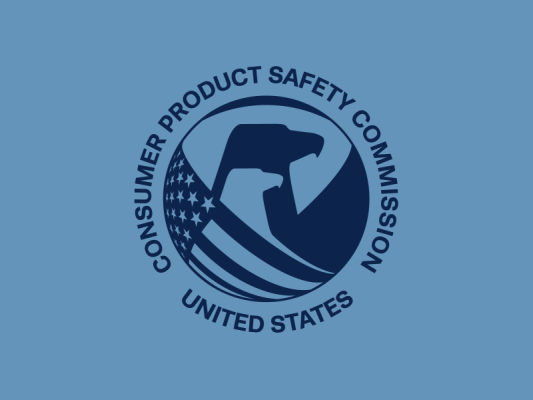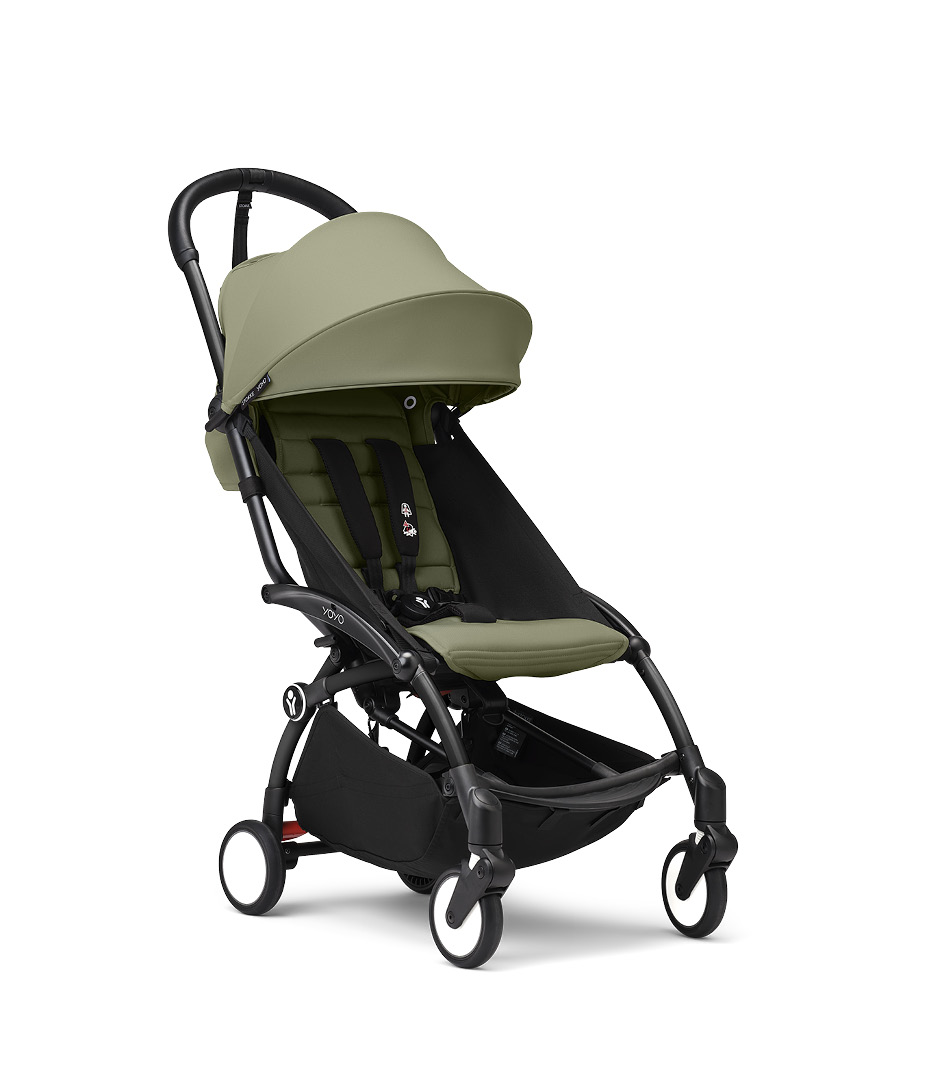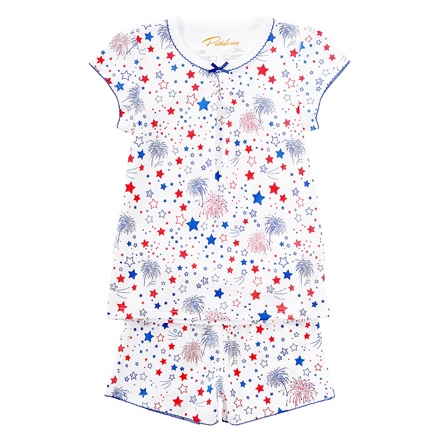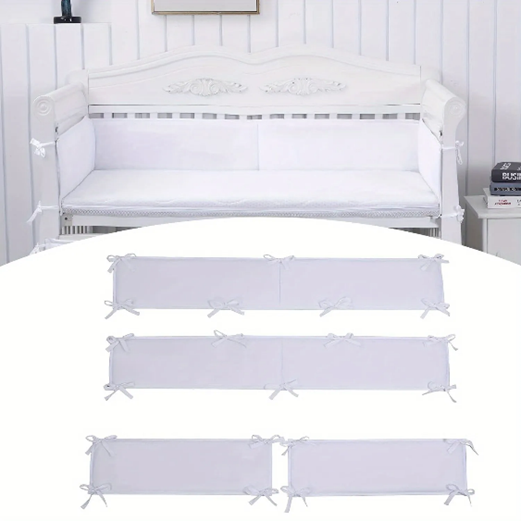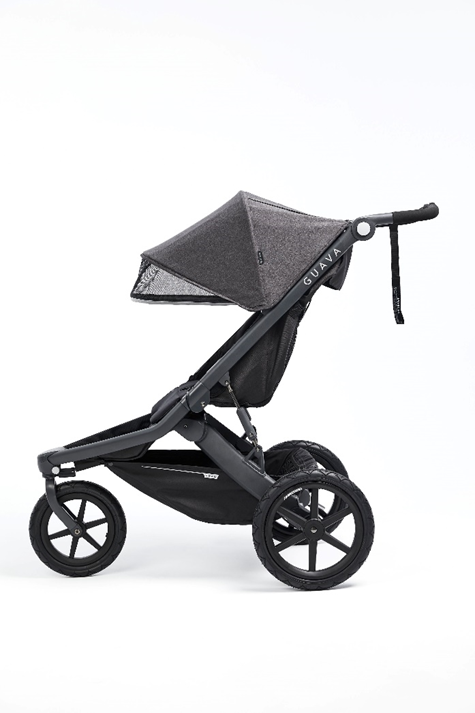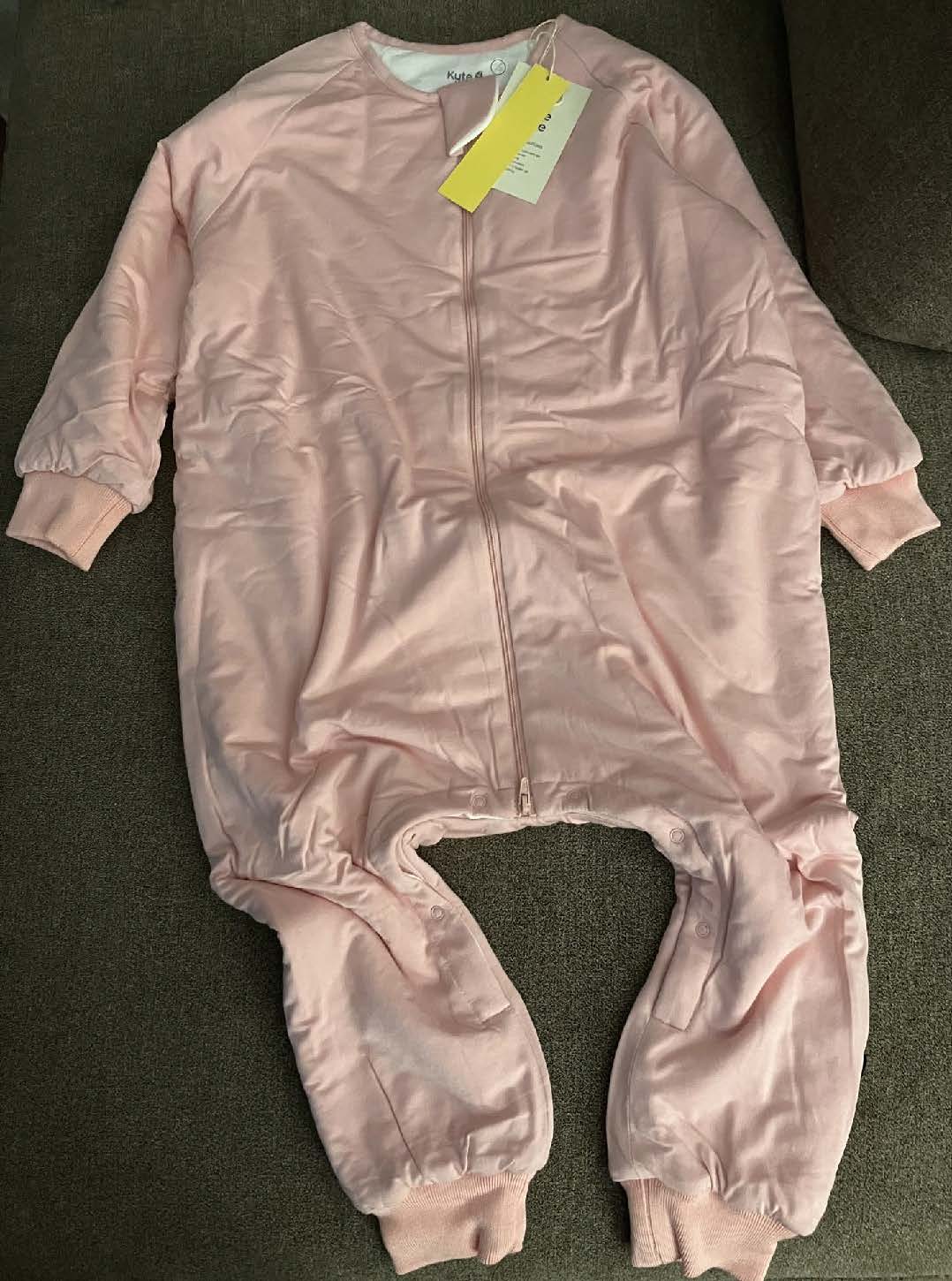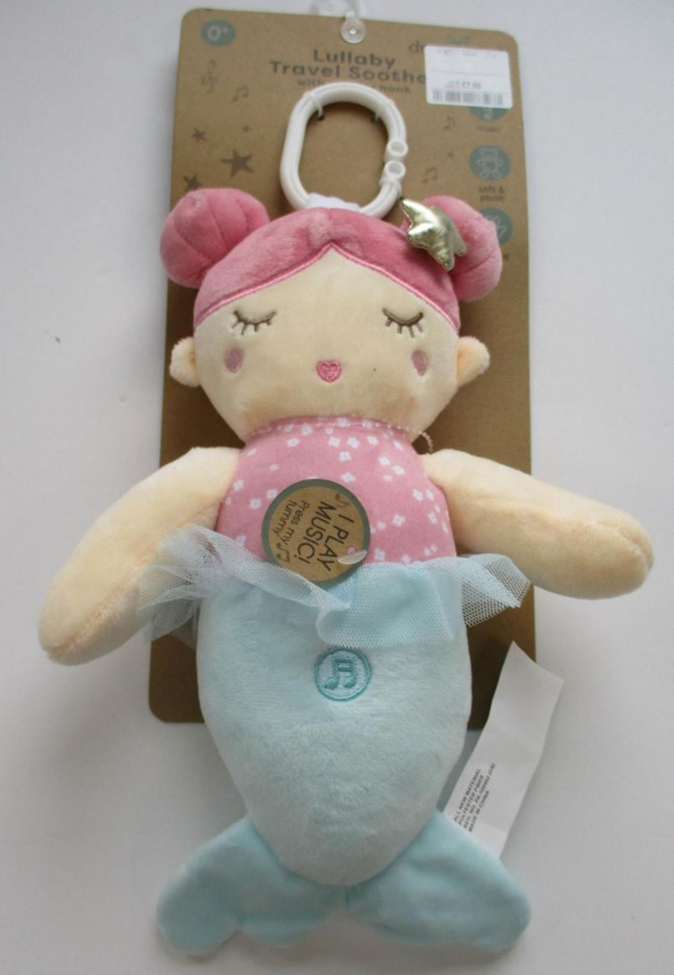The recall involves millions of window blinds with pull cords and inner cords that can form a loop and cause strangulation.
About 85 million each year
Consumers who have window blinds with cords in their homes should call the Window Covering Safety Council toll-free (800) 506-4636 or visit their website at www.windowcoverings.org.
Recall Details
WASHINGTON, D.C. - The U.S. Consumer Product Safety Commission (CPSC) and the Window Covering Safety Council are announcing a recall to repair horizontal window blinds to prevent the risk of strangulation to young children. The recall involves millions of window blinds with pull cords and inner cords that can form a loop and cause strangulation. About 85 million window blinds are sold each year.
Since 1991, CPSC has received reports of 130 strangulations involving cords on window blinds. 114 strangulations involve the outer pull cords, and 16 involve the inner cords that hold the blind slats.
In 1995, CPSC worked with the window covering industry to redesign new window blinds to eliminate the outer loop on the end of pull cords and provide free repair kits so consumers could fix their existing blinds. CPSC issued a safety alert about this hazard and what consumers can do about it, including a detailed description of the free repair kits. Window blinds sold since 1995 no longer have pull cords ending in loops.
Last year, CPSC began a new investigation of window blind deaths. In an extensive review of incidents, CPSC found that children could also become entangled in the inner cords that are used to raise the slats of blinds. These entrapments occur when a young child pulls on an inner cord and it forms a loop that the child can hang in. All of these deaths involved children in cribs placed next to windows. In most cases, the outer pull cords were placed out of reach, but the children strangled when they pulled on the inner cords of the blinds. The strangulation victims ranged in age from 9 months to 17 months.
As a result of the new CPSC investigation, the industry has further redesigned window blinds. Newly manufactured blinds have attachments on the pull cords so that the inner cords can't form a loop if pulled by a young child. Consumers with existing blinds should have them repaired. The repair can be done in minutes without removing the blinds.
Consumers who have window blinds with cords in their homes should call the Window Covering Safety Council toll-free (800) 506-4636 to receive a free repair kit for each set of blinds in the home. You can also visit their website - www.windowcoverings.org - to get more information on checking your window covering. The repair kit will include small plastic attachments to prevent the inner cords from being pulled loose. The kit also includes safety tassels for pre-1995 window blinds with outer pull cords ending in loops. Consumers should cut the loops and install a safety tassel at the end of each pull cord. Consumers who have vertical blinds, draperies or pleated shades with continuous loop cords should request special tie-downs to prevent strangulation in those window coverings.
Parents should keep window covering cords and chains permanently out of the reach of children. Never place a child's crib within reach of a window blind. Unless the cords can be completely removed from the child's reach, including when the child climbs on furniture, CPSC recommends that parents never knot or tie the cords together because this creates a new loop in which a child could become entangled.
Consumers who have young children may wish to consider purchasing cordless window coverings. These are made by a number of firms.
Consumers who have window blinds with cords in their homes should call the Window Covering Safety Council toll-free (800) 506-4636 to receive a free repair kit for each set of blinds in the home. You can also visit their website - www.windowcoverings.org - to get more information on checking your window covering.
Since 1991, CPSC has received reports of 130 strangulations involving cords on window blinds. 114 strangulations involve the outer pull cords, and 16 involve the inner cords that hold the blind slats.
Note: Individual Commissioners may have statements related to this topic. Please visit www.cpsc.gov/commissioners to search for statements related to this or other topics.
The U.S. Consumer Product Safety Commission (CPSC) is charged with protecting the public from unreasonable risk of injury or death associated with the use of thousands of types of consumer products. Deaths, injuries, and property damage from consumer product-related incidents cost the nation more than $1 trillion annually. CPSC's work to ensure the safety of consumer products has contributed to a decline in the rate of injuries associated with consumer products over the past 50 years.
Federal law prohibits any person from selling products subject to a Commission ordered recall or a voluntary recall undertaken in consultation with the CPSC.
- Visit CPSC.gov.
- Sign up to receive our email alerts.
- Follow us on Facebook, Instagram @USCPSC and Twitter @USCPSC.
- Report a dangerous product or product-related injury on www.SaferProducts.gov.
- Call CPSC’s Hotline at 800-638-2772 (TTY 800-638-8270).
- Contact a media specialist.

